No products in the cart.
Have you envisioned a garden full of color throughout the year, even in winter? You can make that dream come true when growing perennials from seed. Yes, we know that eyebrow is lifting as you wonder where to start.
You start with us at Plantly with the best advice on starting perennial seeds.
What are Perennial Plants?
Growing perennials add a charming beauty to the potential of your flower garden for spring-to-winter interest. Perennials are reliable plants adding seasonal color to delights that live for two years and more.
These plants die back when the frost date arrives to emerge with new growth in spring from the ground or the remnants of the stems. You can also find some perennial species that retain the foliage color year-round or change with the seasons.
Still, even when growing perennials from seed, it takes patience and also has some learning curves.
Growing Perennials From Seeds Guide
It takes patience if you want perennial flowers, as the plant seeds have their germination rate and care depending on the perennial you grow. For this reason, there are some essential things to consider when planning your perennial flower garden.
Buy Your Perennial Seeds From a Legitimate Provider

If you do not have the patience and want a garden filled with color at the same time as planting, then growing annual flowers might be better. But if you have the patience, investing in perennial seed packets of different varieties is the most affordable way.
Still, you cannot invest in any seed packet bought at a local hardware store. No, the seed quality counts and will determine the population quality. When you have a good-quality seed, it is more likely to grow into lush leaves without deformities.
These seeds germinate and respond better to fertilizer, and you will not waste your money. Still, how can you tell a seed is of good quality?
The color – a quality seed will not display green or white and will have brown, black, or gray hues.
Even the seed coat will be luxurious when light shines on them, looking like a waxy appearance. This is because these are not fragile, resulting in fracturing, and should have a smooth appearance.
Lastly, the seeds will not be uneven or deformed and will have a symmetry or teardrop shape.
So, if you want good quality seed, we recommend buying it from a trustworthy supplier like a nursery or at our shop online.
Follow Seeds Packet Instructions
Whether starting seeds indoors or outside, you must always follow the instructions on the packets. All the seeds you buy from a reputable supplier will have the following available on the package:
You will find a picture of your perennial flower on the front to determine the type and color of what you can expect in the garden. Still, it remains a guide representing the species you plan to grow.
You will have a plant description with the scientific name, height at maturity, the days to flowering, habit, climbing, etc.
The plant will also be available like container growing to direct seeding in beds and more with the number or weight of seeds available.
You can find the date when the seeds were packed, which is essential as most perennial seeds that age will not germinate, decreasing the chance of blooms.
Most importantly, the planting directions will also be available based on depth, spacing, and lighting needs and should be started indoors or outdoors with temperatures and hardiness zones.
You have a great start when you follow your seed packet instructions, as everything is listed for you to start.
Gathering the Correct Material to Plant Seeds
For starting perennials from seed, you can save money by starting them indoors or sown directly in the ground. Still, we recommend reading the instructions on the packet as a guideline.
But perennials are easily grown in anything you can find around the house to create a mini-greenhouse. You can invest in a greenhouse kit with a plastic tray with a plastic dome, but you can always use plastic wrap as a dome or a clear plastic bag.
When you soak them in water, you will find a soilless mixture to start seeds like peat pellets expanding into mini seed pots. Then you can find ones with coconut fiber pots you can transplant with the seedlings.
Some kits even include a heat mat to warm the soil as it helps improve germination gently. Hence, it gives you a great head start for plants to grow from seed. With the kits, you can begin with several seeds up to 72 in one tray.
The big concern is you will need to replant the seedlings into a larger pot or the garden, as leaving them in small pots without nutrition leads to stress. Alternatively, you can buy seed starting trays with domes and inserts for root training to control moisture.
Or use your household items as seed containers by lining a seed tray using toilet paper tubes and egg cartons. No matter what you decide to use, good drainage is essential to prevent root rot as your plant grows.
The Best Potting Mix

The important thing when starting perennial flowers is to invest in well-drained soil. You can invest in a pre-made seed starting soil or make your own. An excellent potting mix is three parts peat, ten percent perlite, and two parts compost.
It is a light mixture that retains water but drains water freely to help seeds germinate. Before sowing the seed, let the water absorb into the potting mix for an hour. Always use a sterile mix when starting seeds indoors, not compost and garden soil.
It prevents pests and diseases from being transplanted into your new plants.
Growing Perennial Flowers Indoors Provide Supplemental Light if Needed
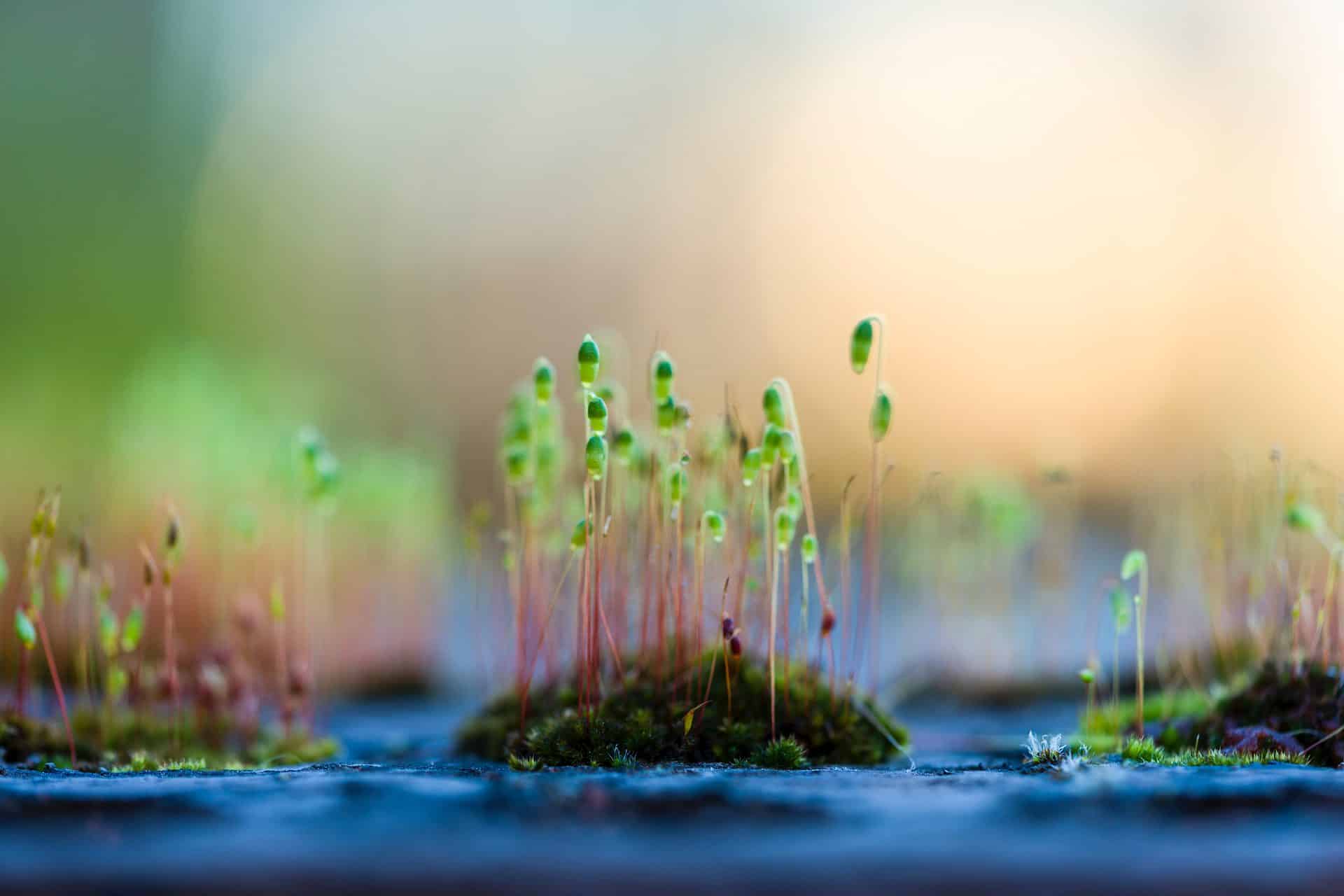
As important as looking at the last frost date to transplant your seedlings, planting from early summer to early spring is also crucial.
But the essential thing besides keeping the soil moist is providing the seeds with light to germinate.
At first, you cannot place your seed flats in full sun; bright indirect sunlight is best. But if you have no choice and cannot find a perfect spot, investing in a grow light is the next best thing.
You can find affordable grow lights on the market that are specially made for seedlings to sprout at different rates.
Germinating Seeds
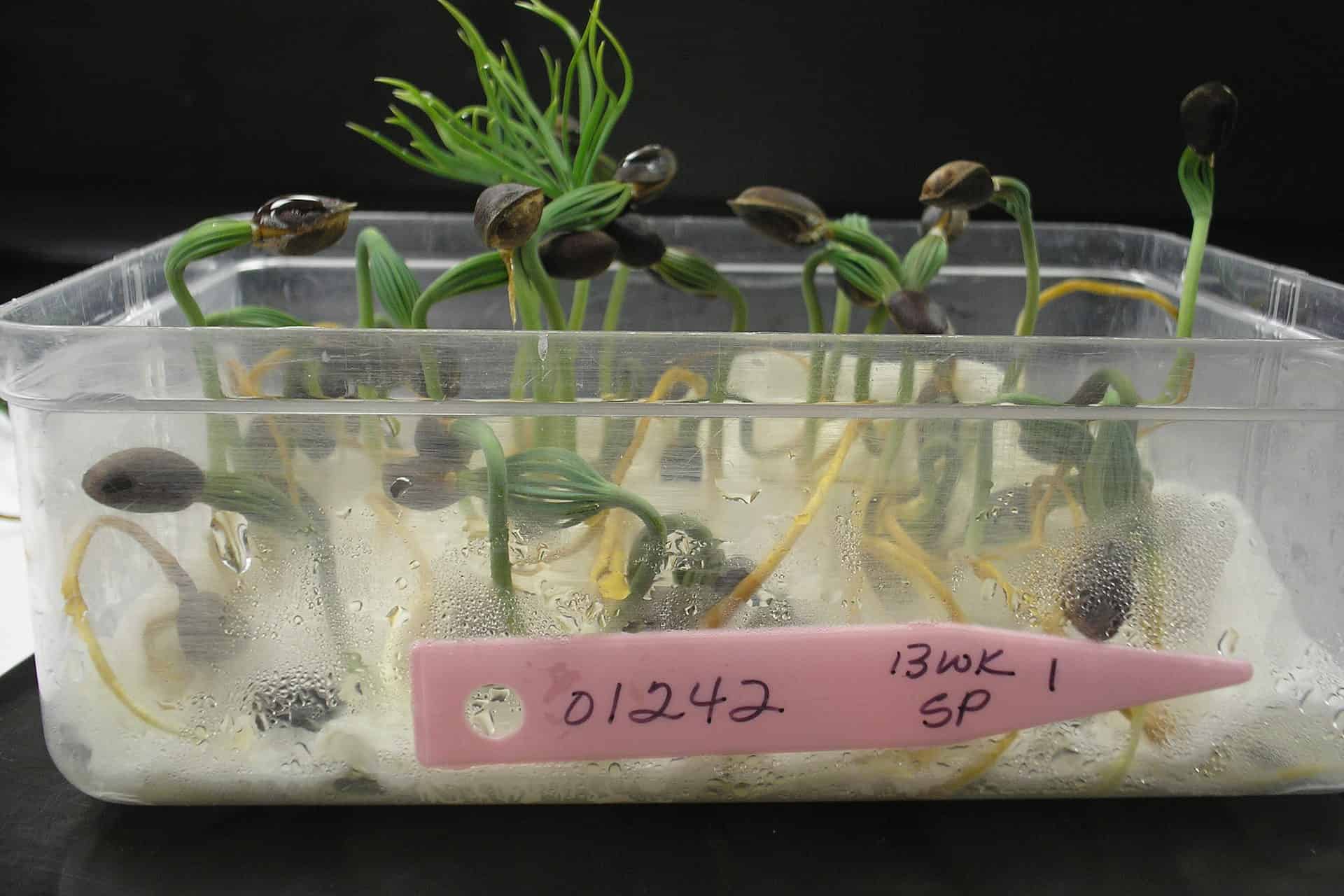
The seed germination rate can vary from one species to another, even under the right growing conditions. It can take several weeks for a seed to bud into a seedling and comprise different processes.
First, you have the ambition where the water fills the seed and activates the enzymes to start plant growth. Once activated, the seed grows roots to help access the water, followed by shoots growing towards the sun.
Lastly, the shoots grow leaves to start with the photomorphogenesis stage. When placed in a warm area in the home or outside, the seeds go through these processes to eventually become plants.
Once your plants reach a certain height, which can take two to four weeks, it will be time to start transplanting your seeds outdoors.
Transplanting Seedlings Outdoors
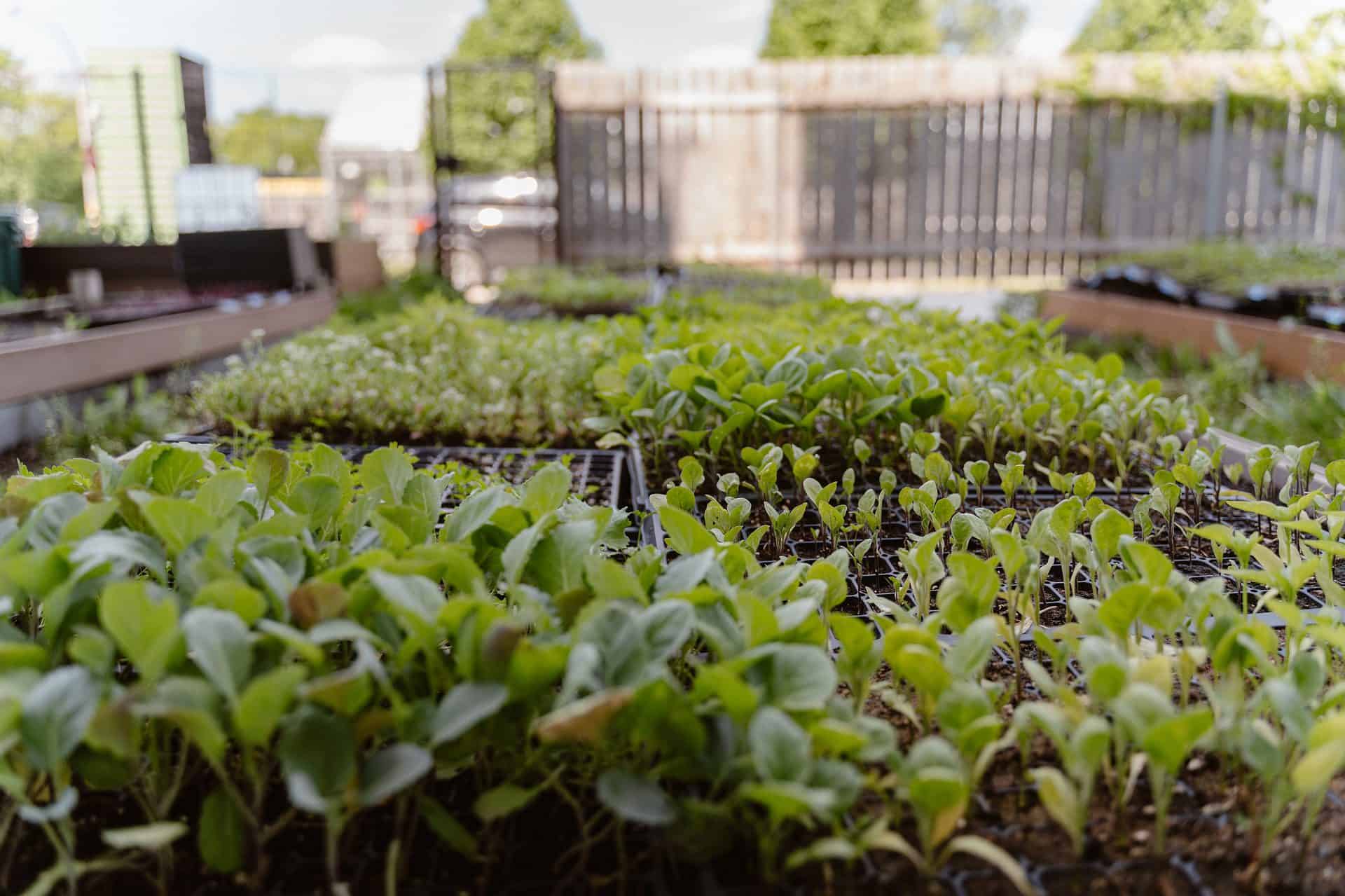
When planting seeds, it is recommended to sow up to three seeds in a pot, and you will then thin them out as they become stronger. We recommend using sterilized scissors to snip off the weak seedlings in a pot for thinning.
As time progresses and your seedlings become plants and the date to plant them outside arrives, it is time to harden them off. You can do this by first opening a window for a couple of hours a day for them to get a breeze.
Then you can move the trays outdoors into indirect sunlight for several hours. Start with an hour at a time daily. Then, work your way up to keeping them outside for a full day. They will be used in full sun and part shade when you need to transplant them.
12 Best Perennial Plants To Grow From Seeds
When perennials are planted in the garden, it takes patience, as some only bloom in a few years. But compared to annual outdoor plants that are short-lived, the blooms of the perennial flowers will return year after year. Here are some of the best perennial flowers to grow from seed.
Black-Eyed Susan
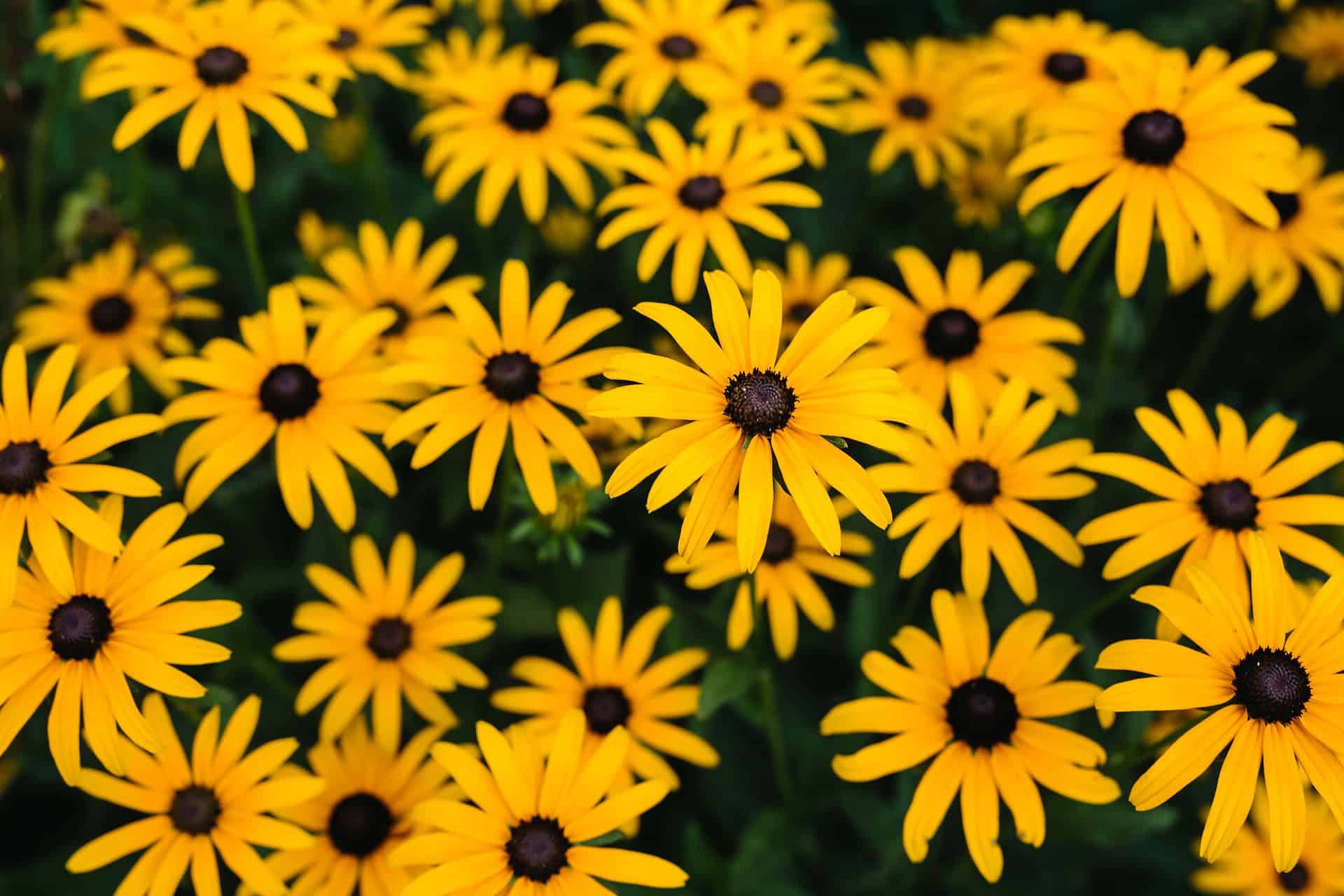
The black-eyed Susan is part of the sunflower family with sturdy yellow flowers and a dark center. It is a drought-tolerant plant that works in different types of soil. You can start your new plants indoors eight weeks before the last frost date.
The variety also does best when stratified after planting the seed by keeping it in the refrigerator for four weeks. You can then move them to a warm area until it germinates. Another great thing is that you can directly sow them when the daytime temperature is around 60°F.
Blanket Flower (Gaillardia)
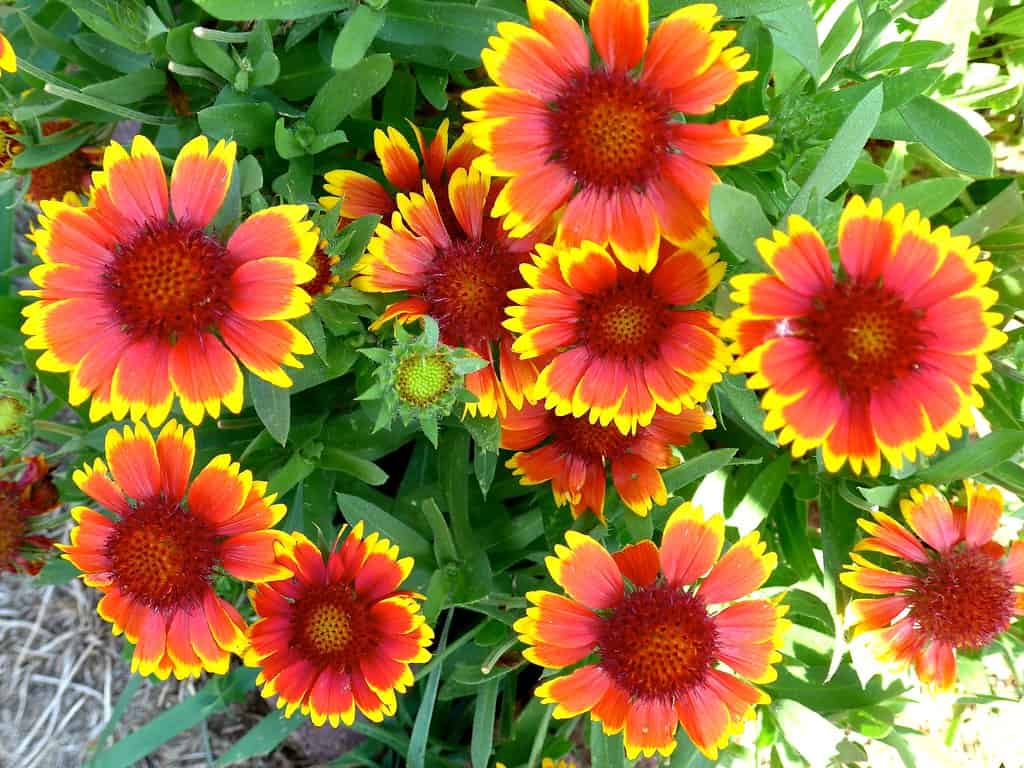
Blanket flowers form mounds with yellow, orange, or red flower tops. Another massive benefit of this wildflower is that it attracts butterflies to the garden. You can start your new plants indoors or sown directly in a flower bed.
In warm climates, you can sow directly into the ground in early fall to have spring blooms. The seeds must barely be covered, whether outside or indoors. The seeds need light exposure to germinate.
Columbine
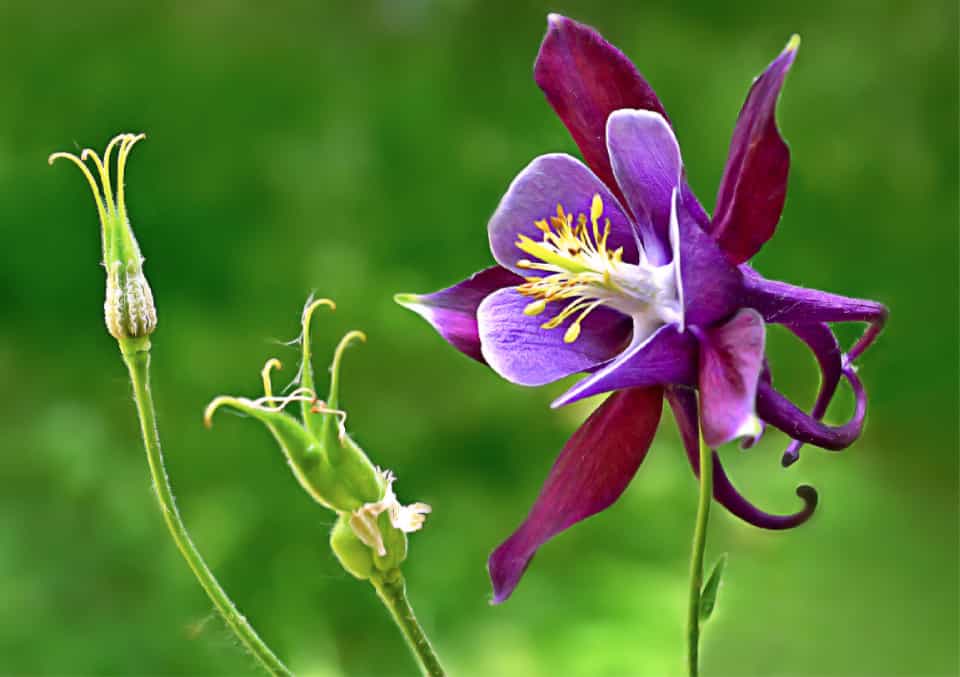
The columbine is native to North America and will self-seed once cultivated. When starting perennial flowers like the columbine, you can do it indoors. But only press the seed into the soil as it needs light to germinate.
Blue Flax
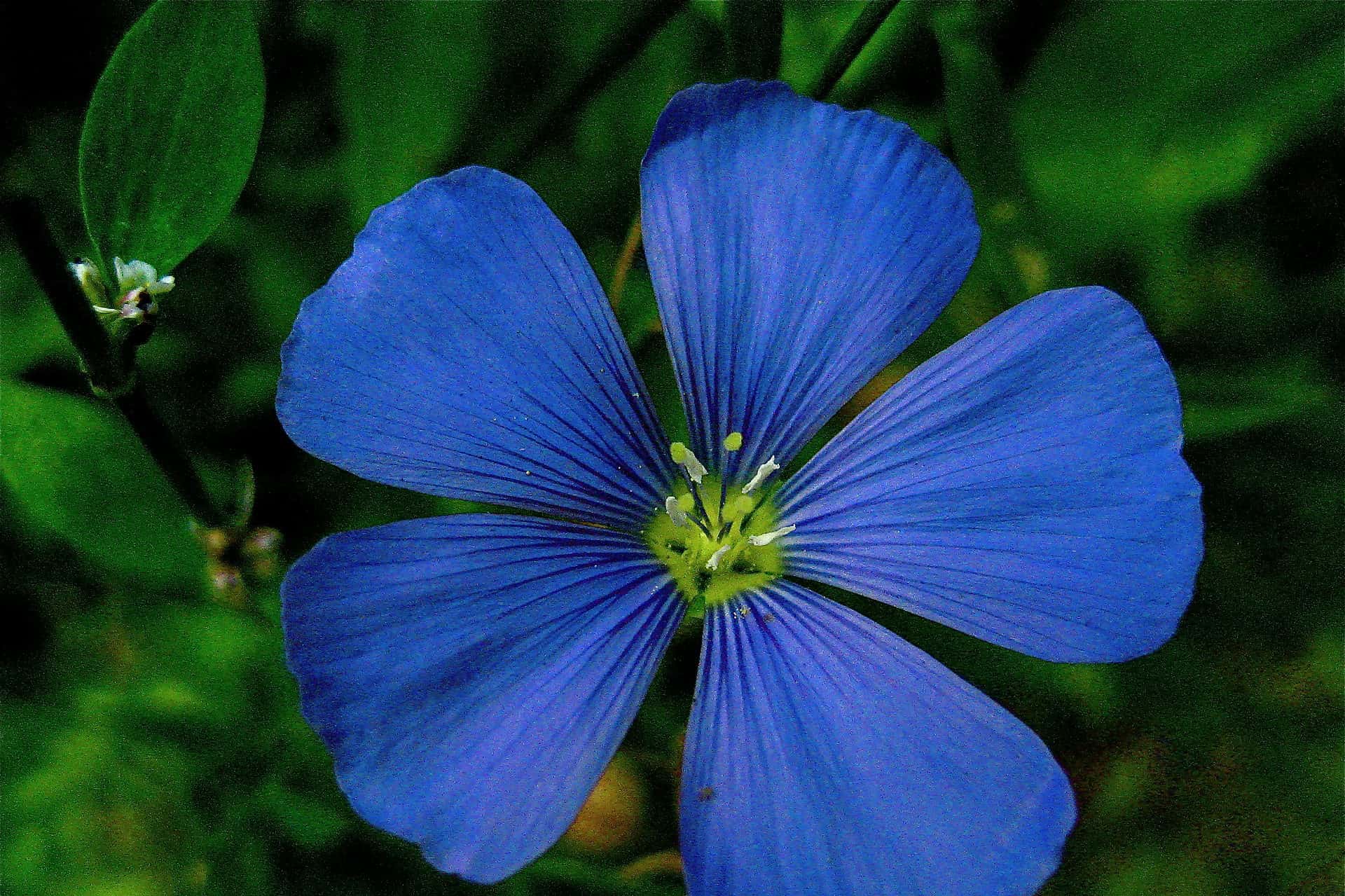
You find the blue flax normally sold as part of a wildflower seed packet, but you can find the seed on its own. The seed grows best when sown in mid to late spring or fall. Your late fall sowings should have blooms the following year.
Lupinus
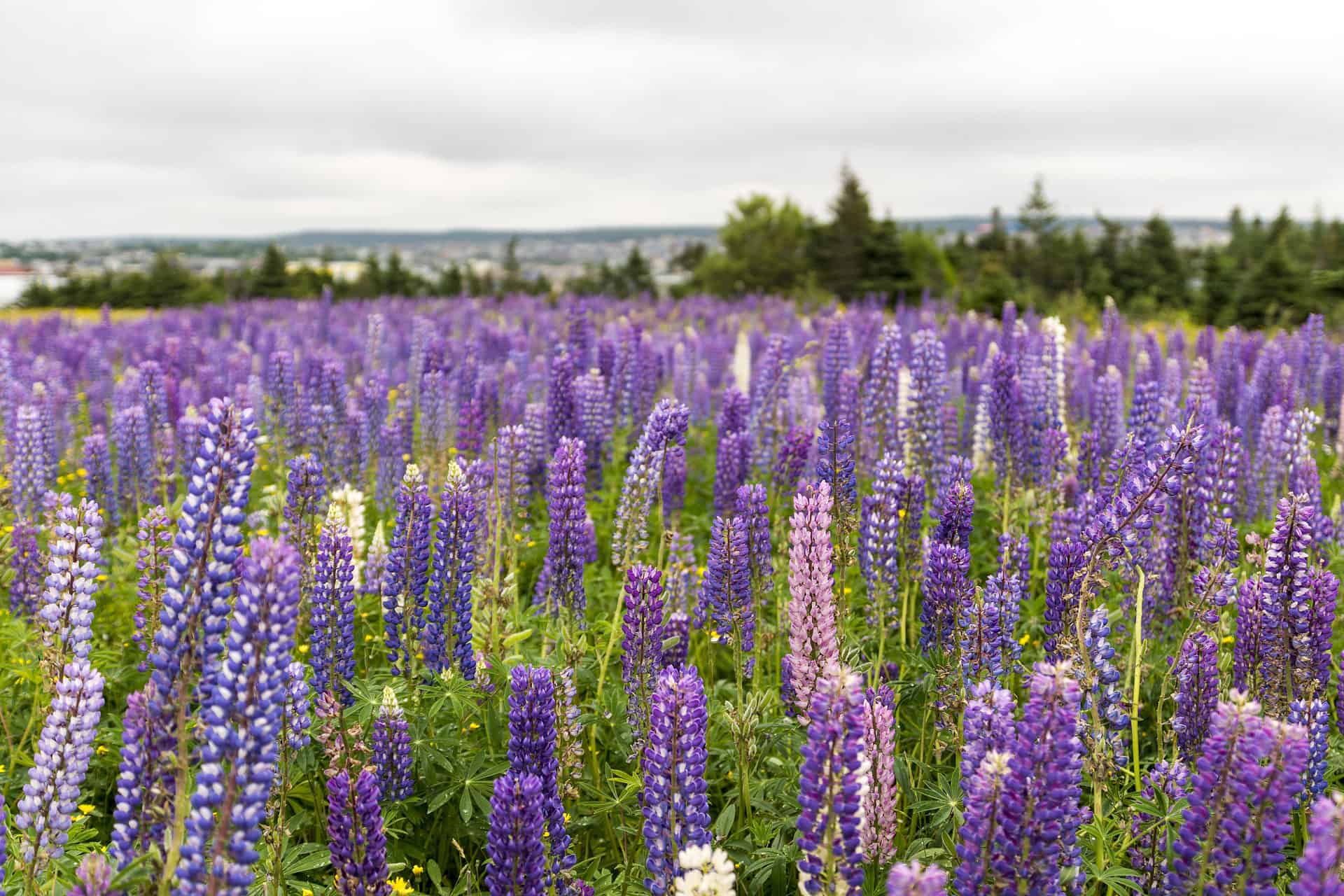
The Lupine grows with a taproot and is best directly sown as it does not enjoy being transplanted. The fantastic news is that Lupine sometimes blooms in the first growing season. It also helps to treat the seed by soaking it in warm water overnight.
You can also scarify and soak the seeds for several hours or leave them to chill in a damp paper towel in a plastic bag in the fridge for seven days before planting. Finally, you will plant the treated seeds in spring or early summer.
Or place them in the ground in the fall, allowing the winter months to chill them for you.
Rose Champion
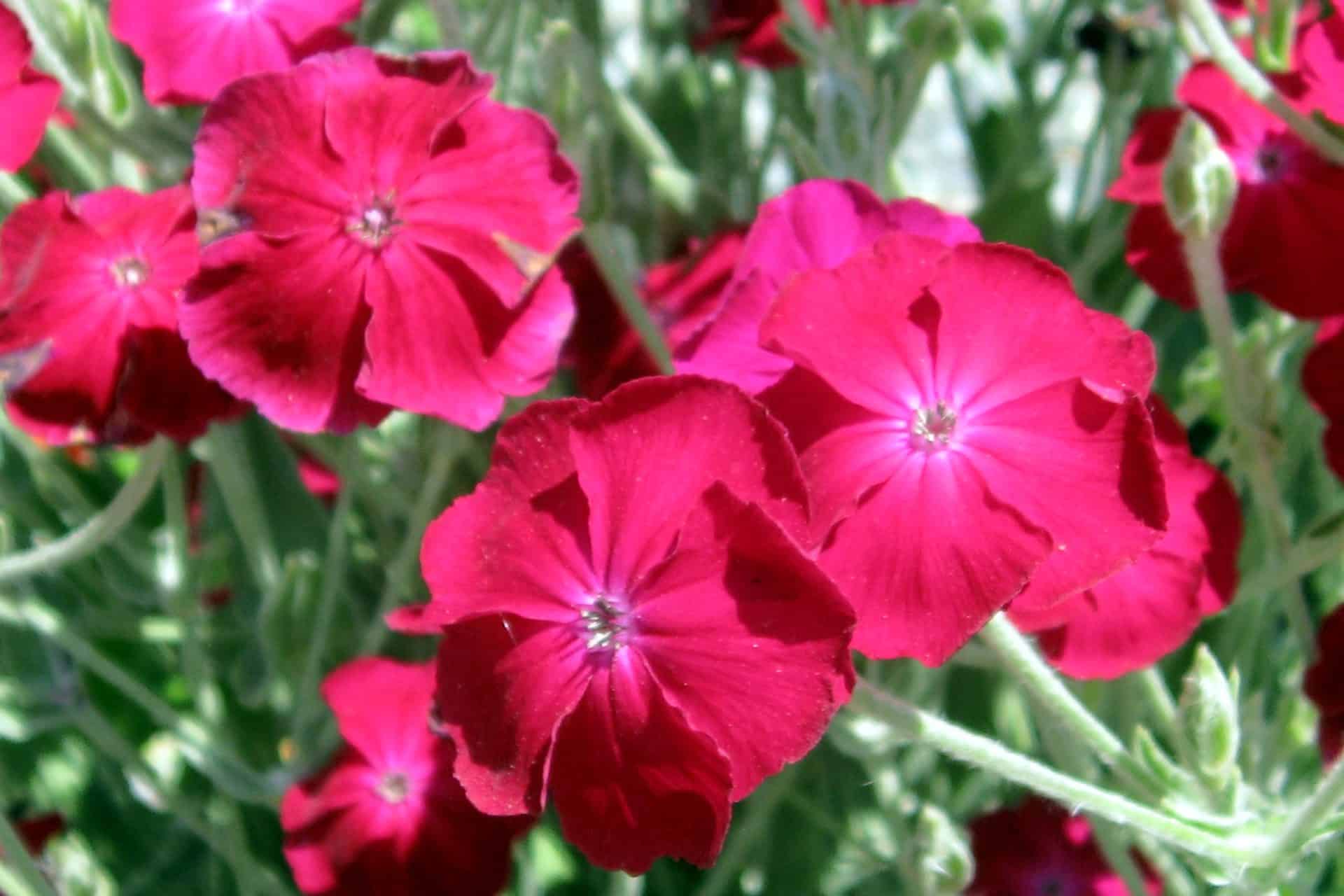
The Rose Champion has velvety gray-silver foliage with either white, magenta, or pink flowers. These perennial flowers self-sow and grow three feet tall, blooming mid to late summer. It grows well in full sun with afternoon shade with soil that drains well.
You can start your Rose Champion indoors about eight weeks before the last frost date, and it takes up to a month to germinate.
Dianthus deltoides
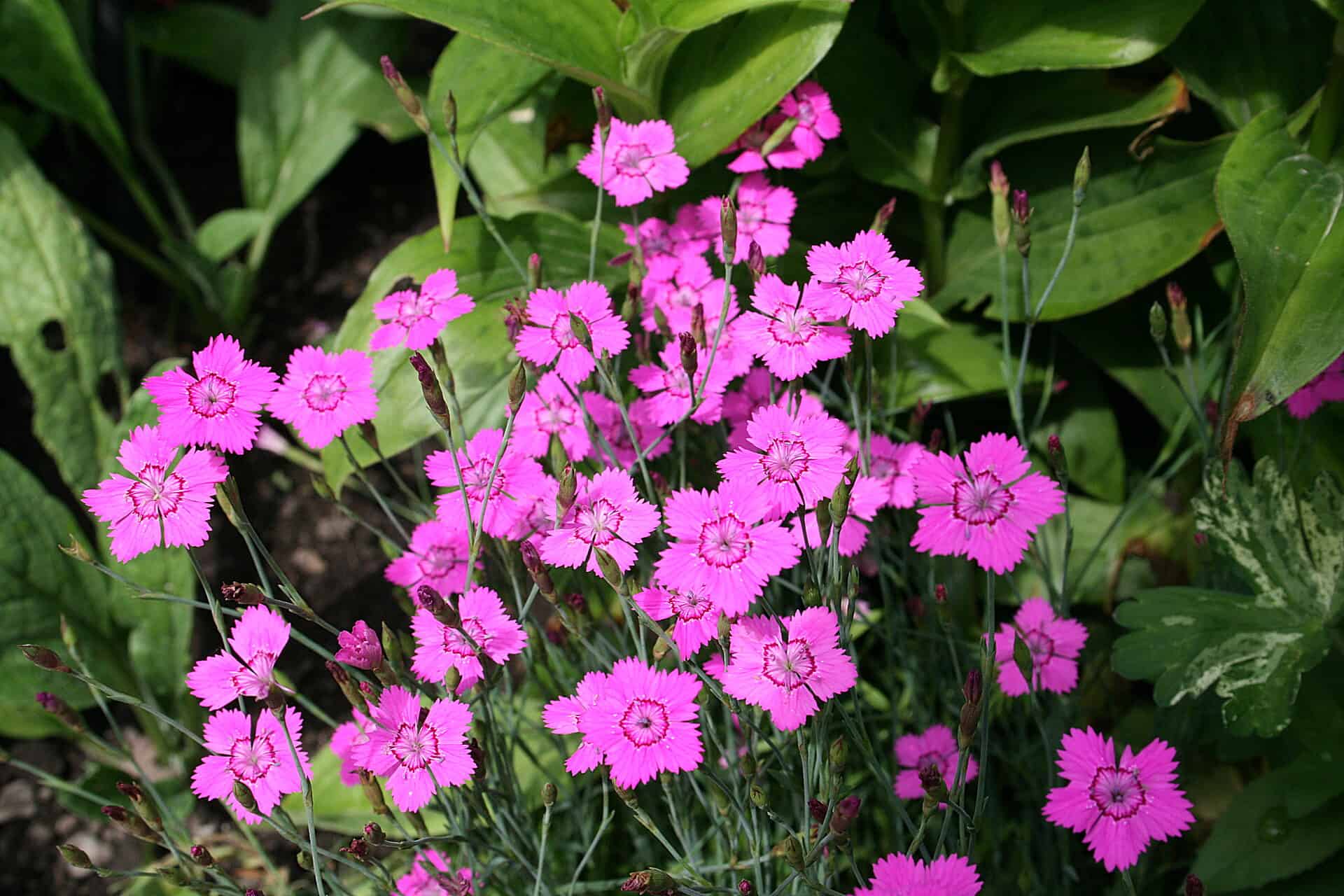
The maiden pinks look fabulous in rock gardens but need suitable drainage. It forms a low-growing mat topped with blooms in late spring. The foliage remains evergreen in mild climates. Plant them in full sun with afternoon shade in hot climates.
Primrose
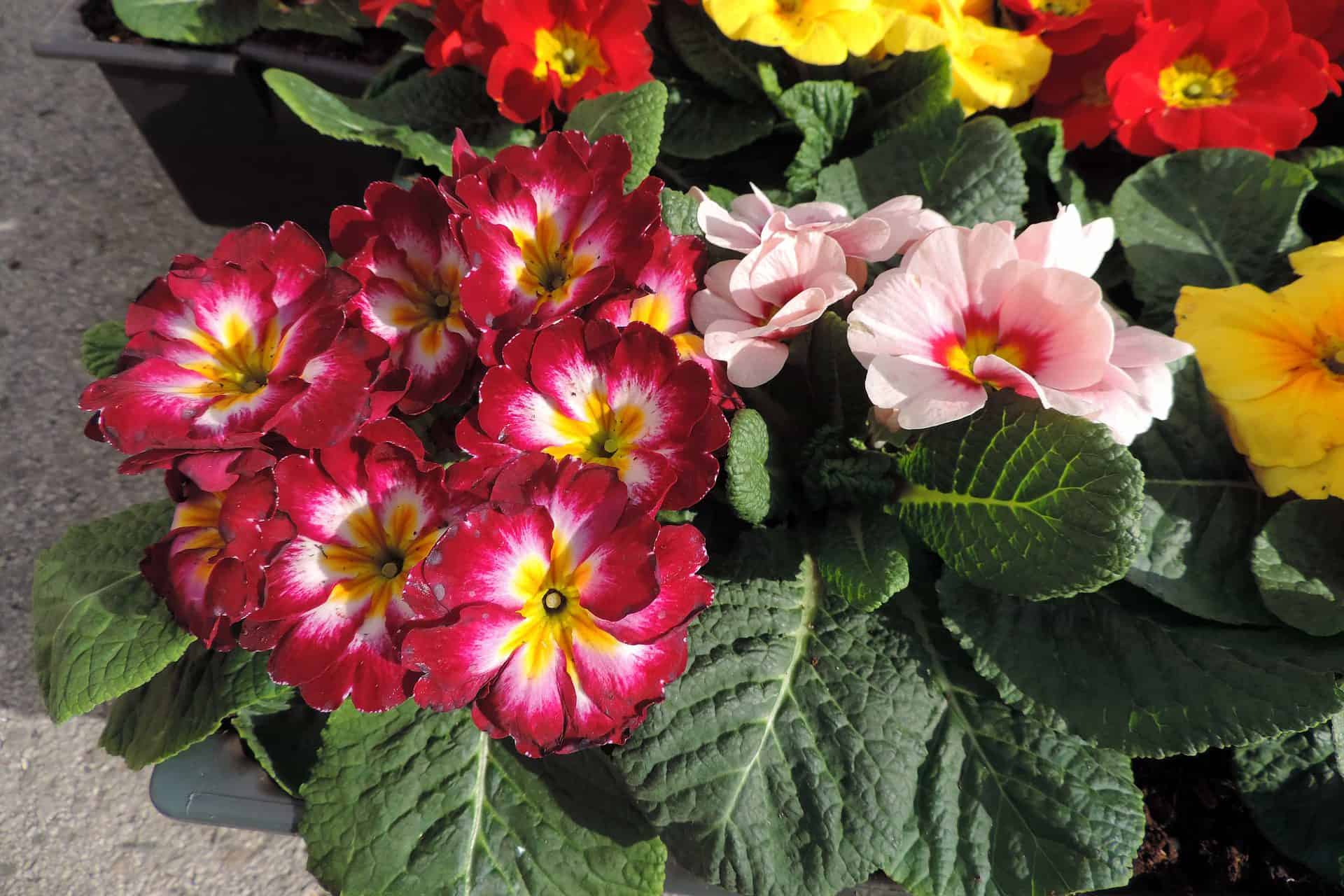
The primrose is made for full sun to shade, growing up to 18 inches tall and 20 inches wide. While it is difficult to grow, you can start it from seed. Still, they grow their best sown outside in winter for a natural freeze and thaw cycle.
Achillea millefolium
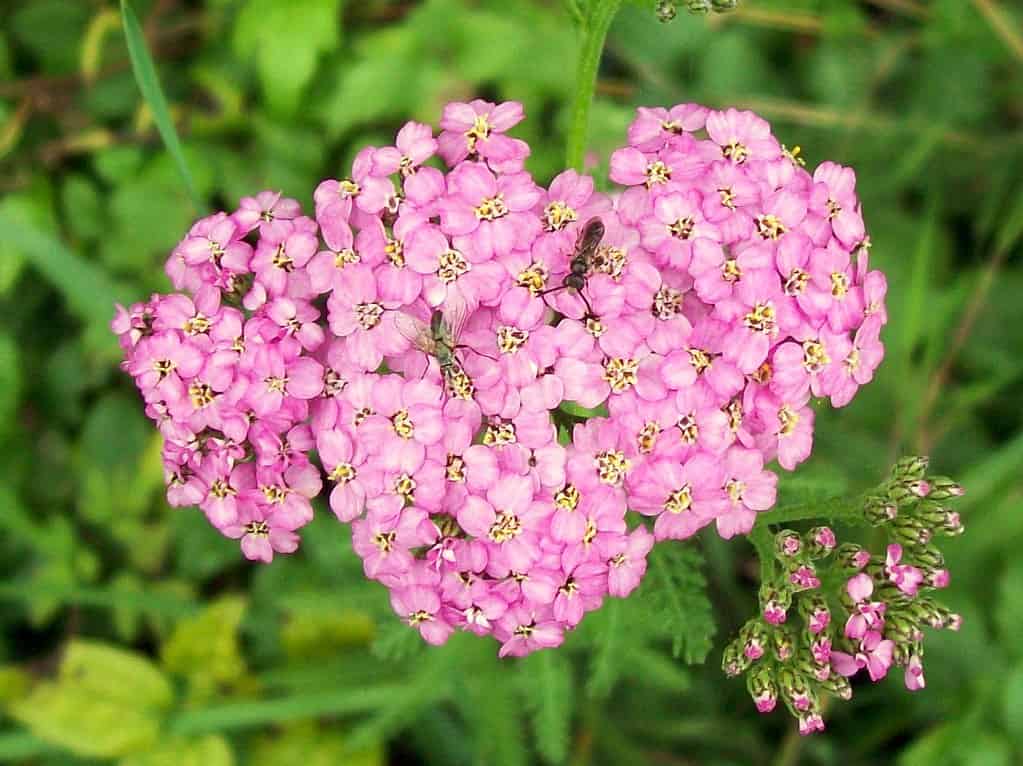
It is a hardy perennial with large flat-topped clusters of flowers in different color varieties. The feathery foliage provides a long bloom season and spreads quickly under ideal conditions. Provide your yarrow with full sun and adequate drainage in the garden.
You can start your seeds inside to transplant them at a later time. But the seeds do need light to germinate.
Shasta Daisy
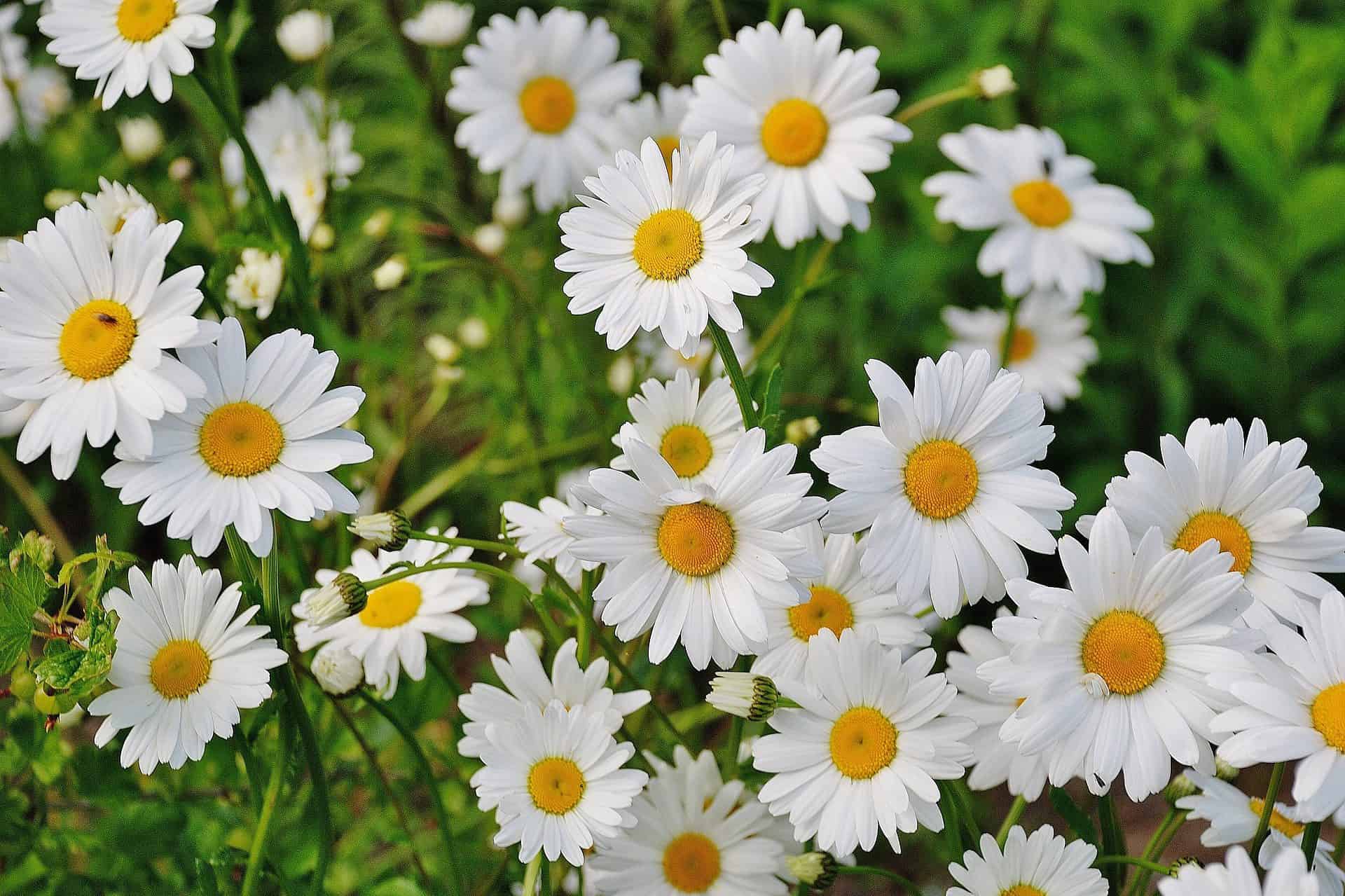
The daisy displays pure white flowers with a yellow center. It forms a chubby clump topped with blooms in summer until autumn. It prefers full sun and also needs light for the seeds to germinate.
Anise Hyssop
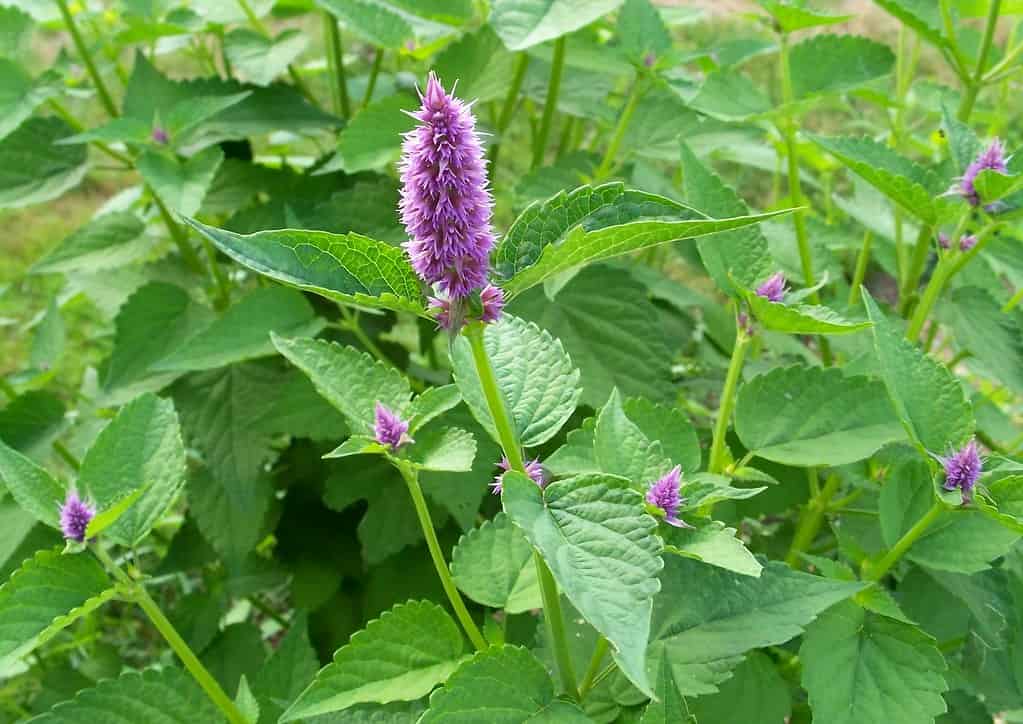
It is a fast-growing perennial flower from the mint family, growing to four feet tall. It displays lavender blooms in mid-summer and attracts pollinators to the garden. Grow them in full sun with ample drainage, but remember they can get top-heavy and might need support.
The seeds can take up to four days to a month to germinate.
Catmint
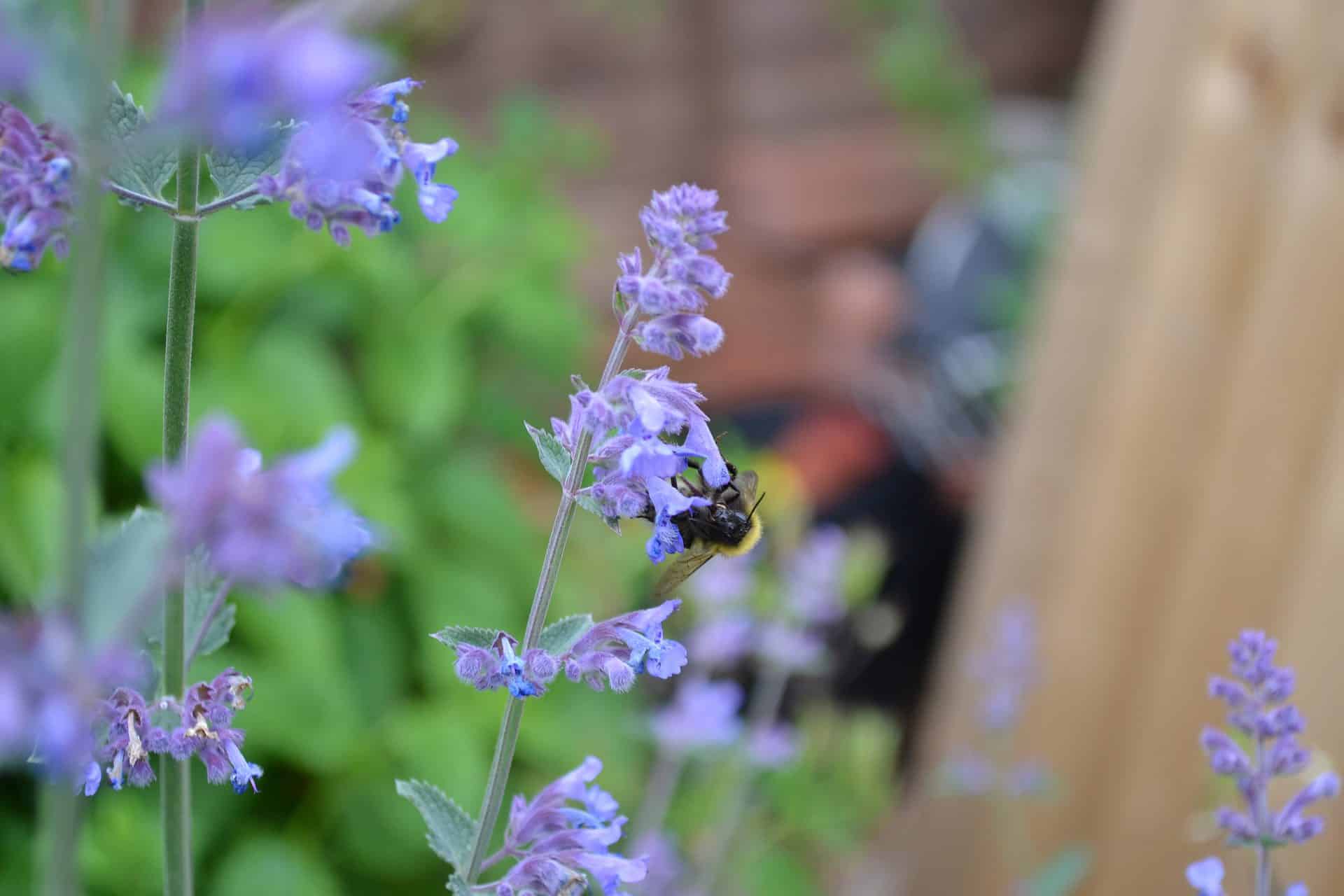
Catmint is a mounding plant with aromatic foliage covered with flower spikes with a long bloom. You need not worry that your cats will destroy them, but do attract pollinators to the garden.
Final Thought
As you can see, there are many options to start growing perennials from seed indoors or in the garden. The best part is that perennials are not short-lived and fill your garden with colorful blooms followed by evergreen foliage.
Whether you want to buy, sell, or simply reach out to other plant enthusiasts, Plantly is the right place to be!


